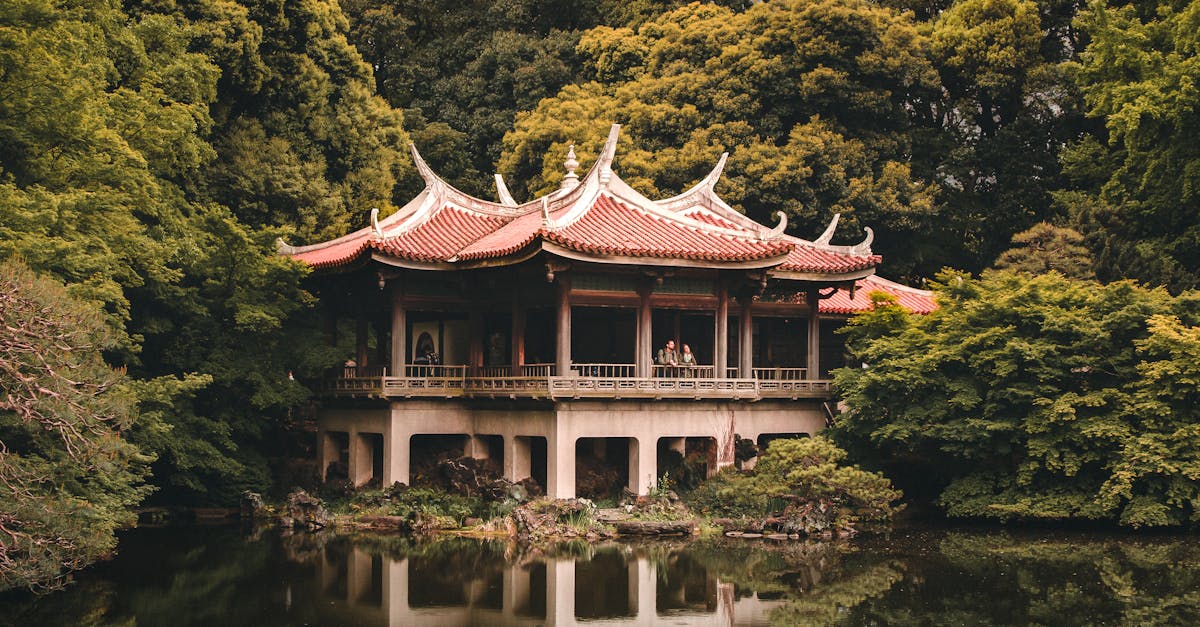
Mass planting is an effective technique in creating visual interest in a garden or landscape. By grouping multiple plants of the same species together, a sense of cohesion and impact is achieved. This approach can be particularly striking when using plants with bold colours or interesting textures, creating a focal point that draws the eye and adds depth to the over
s with naturalistic arrangements can add depth and interest to your garden design, creating a more diverse and visually stimulating outdoor space.
Related Links
Incorporating Focalization with Hardscape Features
Terms of Use
Edinburgh Landscape Gardeners | Grange Landscaping
191 Causewayside
Edinburgh
EH9 1PH
Tel: 0131 210 0334